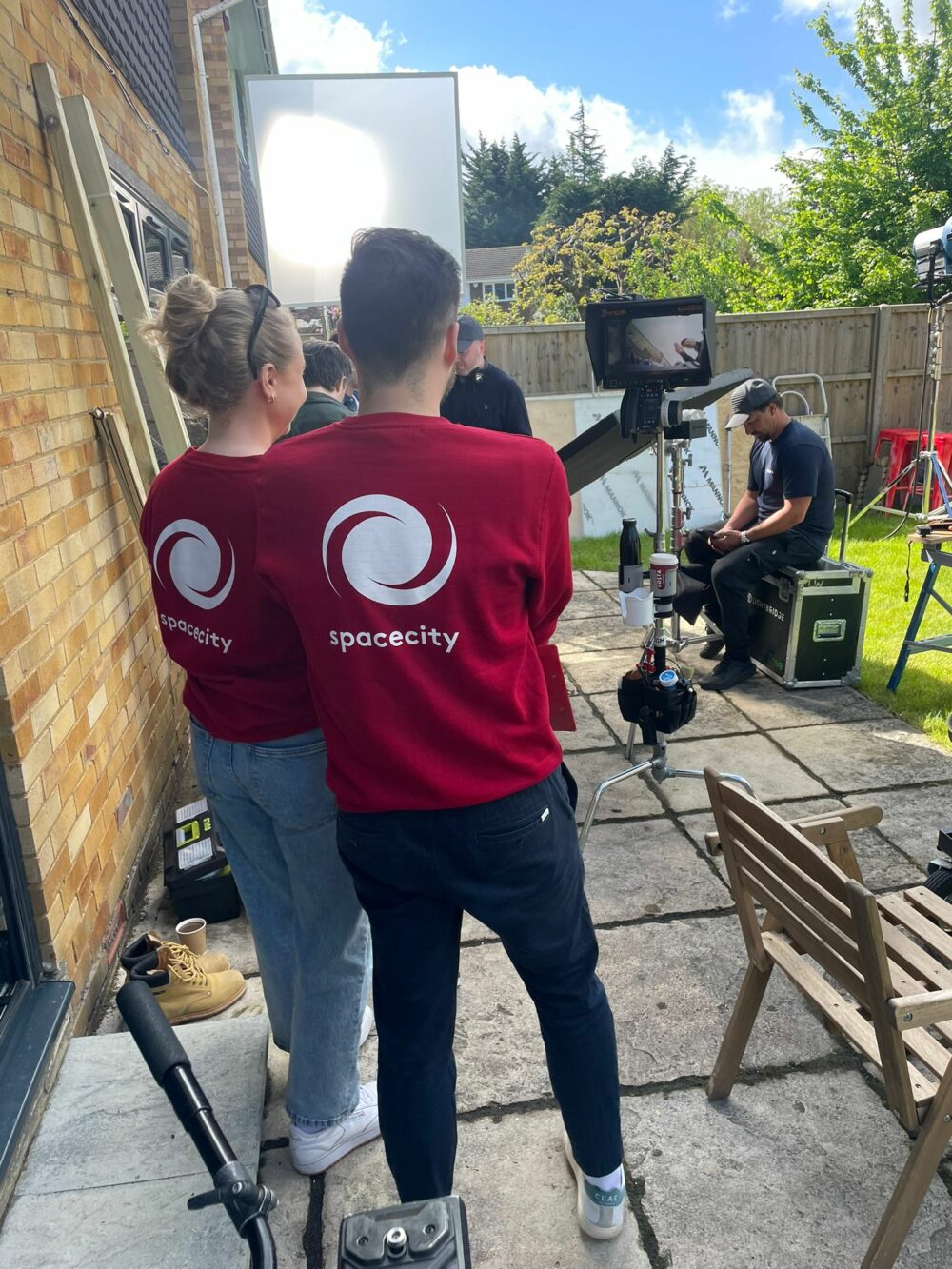INVENTORY And audience are forming an integral bond for successful advertising, in the age of collaboration to improve sales, taking this further is vital.
Announced concurrently with the ongoing malaise that Google’s sister company, YouTube found itself in regarding extremist content, the conglomerate announced that inventory matching was now being delivered for both TV and online campaigns running simultaneously .
With the clamour to garner such inventory as quickly and efficiently as possible for your business, myriad broadcasters, data providers and agencies have been combining forces to ensure advertising is maximised.
The issues plaguing TV include the fact that by attempting to digitalise their advertising tact, it is merely being seen by some as a compromise and not matching the more specific, actionable data that is provided by online inventory.
While consumer data can be matched for instance by the software provided by Google, it has to be accrued from external sources or by agencies themselves.
Self-titled OpenAP exists within the USA between companies like Viacom, Fox and Turner to further the depth of more behaviour driven-data on offer from TV, it does not however provide the pantheon of algorithm driven, cookie-esque spots online provides through organic means.
While this principle of essentially sharing inventory and making TV a more relatable proposition in the data-centric world will improve accessibility, it does not ultimately create a panacea to usurp online in this regard.
Ultimately TV’s success has been delivered through its inherent quality, credibility and display, while offering unrivalled scale and reach at the same time.

In order to maintain that strength in an age where measurability, attribution and audience are imperative, the directive has to be one providing evidence that upscaling is unrivalled within TV.
Although proven when analysing long-term brand awareness campaigns, to provide such information from inventory-driven TV advertising the key will be to utilise a means of advertising that can keep costs down, but impact up.
Thus other than attempting to produce advertising that is more inclusive and encompassing to those inhibited and ostracised by advertising- the visually and auditory impaired for instance- ensuring you purchase media time and the algorithms that actuate them is key.
Of course amid the rise in addressable, programmatic and interactive advertising, where the behavioural aspects of data control your ad delivery, market share has increased given the power it has to offer the best of both worlds as it were, it does not though deliver the ability to upscale like linear TV.
Thus to improve efficiency and ensure your market share can be boosted in the wake of such over-saturation, especially when looking to elicit instant responses from consumers, utilising Google’s inventory matching with VOD and addressable broadcasters will ensure that you are not suffering wastage.
Furthermore by utilising this inventory, which may have been provided by an outsourced provider, your own own consumer data, or an agency for instance, you may still be incurring ancillary costs that need not be in place.
Although the clamour from companies within America in particular to provide a more collaborative solution to the ongoing industry inroads online continues to make-which should be celebrated- in terms of saving on your costs this tact will be inhibitive in the short term.
Success is irrefutable, although with the depth of data that your ads will be privy to, the levied cost will only rise, breaking from a norm where broadcasters have struggled to justify mounting costs with decreasing audiences.

Therefore if your chosen advertising tact is one underpinned by data and online measurability, in order to attain the levels of credibility and upscaling TV provides, ensuring you maximise spots which are more semantic driven, ultimately saving you the financial pain of paying for potentially wasteful spots.
With those across Viacom, Fox and Turner aiming to offer the depth of inventory across multiple channels simultaneously, from a cost and impact perspective this is ultimately counter-intutive.
The strength of data-driven ads now is the ability to match creative concert to programming that compliments it.
By doing this in an addressable sense whereby you can tether your ad spend, thus engage with a designated number of appropriate consumers, you can eliminate waste, optimise ROI, while revel in the inherent credibility of TV.
Given TV currently comprises of 90% of all daily viewed video, it is damning that it only amounts for 10% of the top viewed ads online.
Therefore for your business to truly reap the benefits of matching data between TV and online campaigns, ensuring that the campaign it is allied also intrinsically links TV and online too.
Space City has been producing TV, online and radio ads for 25 years, working with companies like Sky in order align advertising tact with modern, interactive advertising display models.
Contact the team now and ensure your advert enjoys the credibility and success of TV advertising for less, with TV adverts possible from as little as £4,000.


